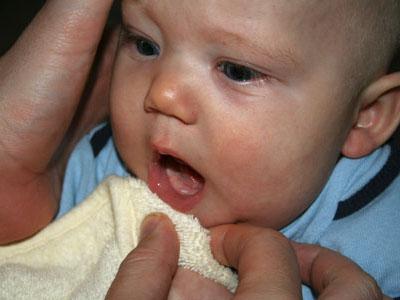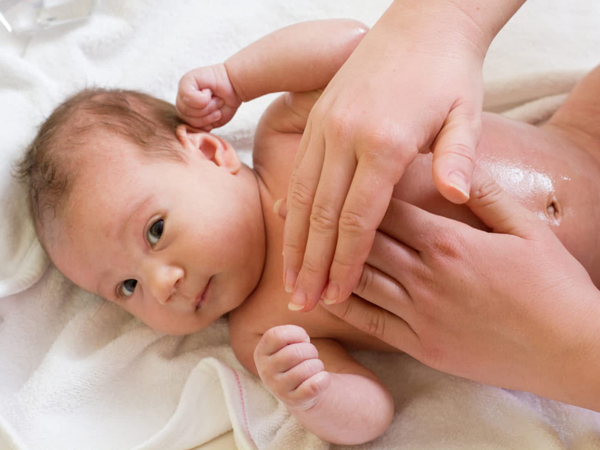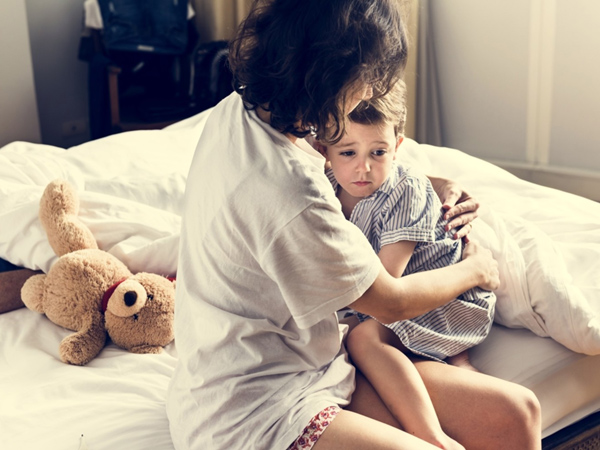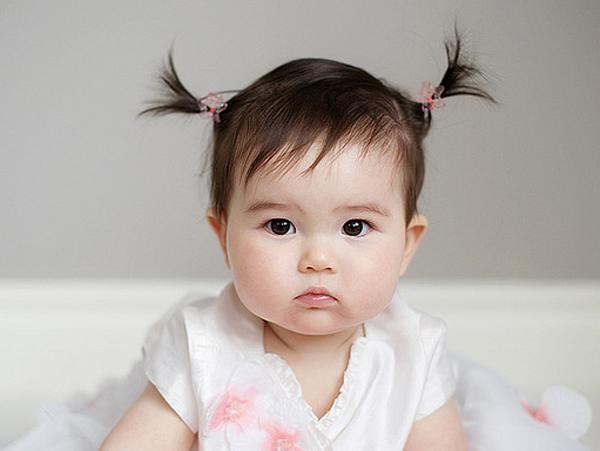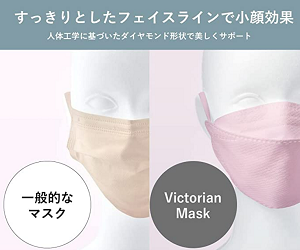Put your baby on the pillow, cover the blanket too thick, let him lie on his stomach ... Those are some classic mistakes that threaten their health.
There are many situations that cause danger in a newborn's sleep such as a baby choked on the bed, stuck his head in the crib, choking on toys ... The baby himself cannot control his sleeping position, do not understand dangerous situations and especially do not know how to save yourself from the threat. Therefore, parents are directly responsible for the safety of their children while sleeping.
Basic Notes
To prevent babies from the risk of sudden death (SIDS) and fatal accidents while sleeping, parents need to pay attention to the following:
- Let the baby lie on his back
-Do not cover the head and face
-Do not expose to fumes such as cigarette smoke, charcoal smoke
-Keep the space safe
-You should let your baby sleep in his own corner like a cradle or mattress and put this corner in the same bedroom with parents during the first 12 months of life
Safe when lying in the crib
When you put your baby in the crib, you need to place your baby's feet at the end of the crib to avoid your baby's ability to slip under the mattress. Cover your baby with a blanket so that the blanket doesn't cover her armpits so that the baby's head cannot be covered by the blanket. Mother also noted to choose a hard mattress, not subsidence. In addition, it is not advisable to use carry packs as they lose the cradle ventilation.
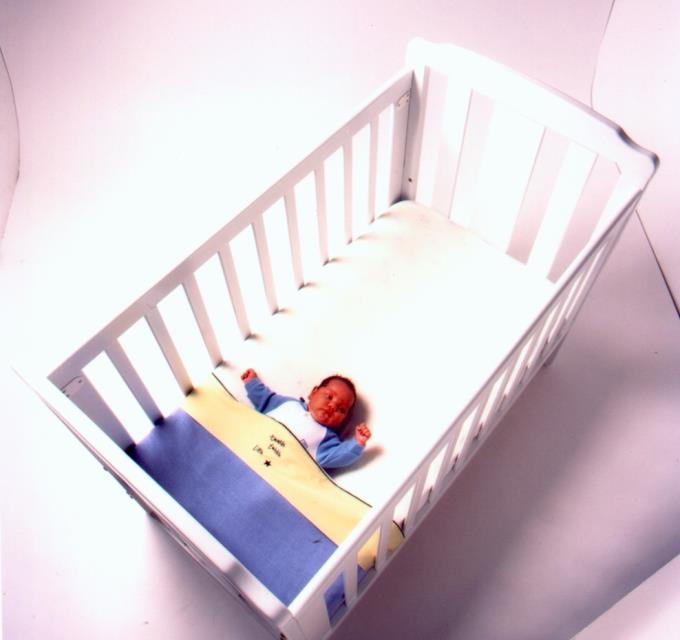
Illustration of how to put your baby to sleep safely in the crib
Safe with sleeping bags
While sleeping bags may reduce the risk of sudden death in infants, there are a few things to keep in mind:
- The sleeping bag should fit snugly on the neck, hands, and no hood
Dress your baby cool or warm depending on room temperature and don't use a blanket
-Check the labels carefully because they clearly show where the summer sleeping bags and which are winter sleeping bags
When using a sleeping bag, you can still cover your baby with a thin blanket, but make sure the blanket does not move and cover the baby's face.

Babies' sleep: Common routines Common habits for babies to sleep can not cause any harm does not mean that parents don't care!
When the baby is on the mattress
Why a "mattress" not a bed? Because a mattress placed on the floor is safer when your baby wants to climb up or step down. You should choose a mattress that is thin and does not settle.
To help your baby's skeletal system develop perfectly, you need to choose a non-subsidence mattress, with a solid structure to support your baby's spine. Even in the summer, water cushions are not a safe option for your baby.
In addition, turn on the air conditioner or fan in moderation to avoid having to use blankets. To make sure your baby doesn't get squeezed on his neck or fingers, make sure his pajamas are free of ribbons, ribbons or spikes.
Mom should avoid using thick blankets because the baby will be hot and sweat a lot. Note, babies do not need to lie on pillows until 1 year old.
Places not suitable for babies to sleep
Never let your baby lie alone on a sofa, lazy sofa, or in a hammock. If the baby accidentally rolls or turns over, it can fall. Bunk beds are also not suitable for children under 9 years old.

Indoor safety: Easy but difficult For children, especially babies and young children, indoor "traps" are even more worrying than dangers in the street. Washing machines, sockets, table edges ..., so many "deadly traps" exist in your own home.
Baby sleep with pacifier
Many studies show that babies who sleep with pacifiers have less risk of sudden death. When using a pacifier for a baby, you need to make sure it is not damaged or scratched. Also, if you are going to attach a nipple to your clothes to prevent it from falling indoors, make sure the cord is no more than 10cm long as the long cord can be wrapped and tightened around the baby's neck when you're not around.








